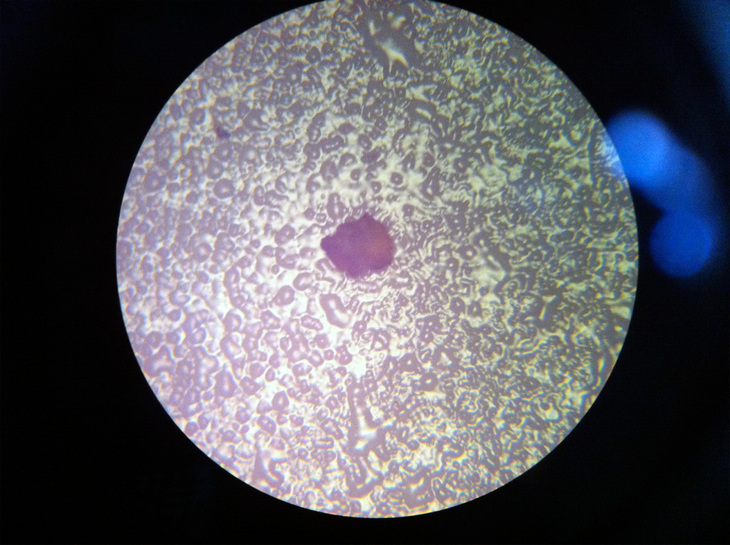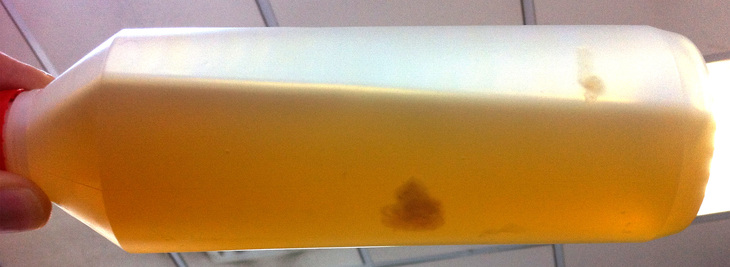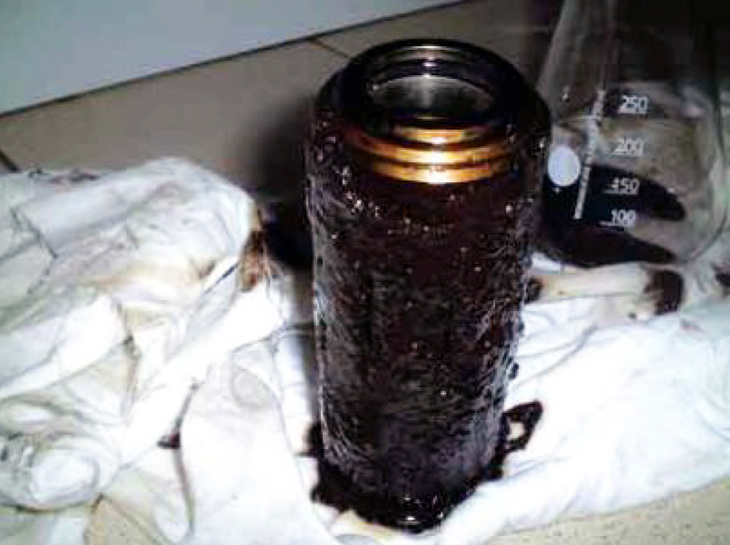A customer in Qatar was experiencing challenges with a tripping Solar Gas Turbine located on an offshore production platform. After IKM Ocean Teams inspection of the turbine and analysis of an extracted oil sample, it was clear, that the turbine was infected with varnish.
The reason for the varnish formation should be found in worn out additives. For more thorough information about this matter, please take a look at the ‘Technical Insight’-box below.
What is “Normal” Procedure?
Normally, the customer would have resorted to clean the turbine system manually in order to eliminate the varnish formation. This would, first of all, have involved a shutdown of the infected turbine.
Next, all the infected oil would have to be drained from the system and the tank cleaned mechanically. At last new oil would be filled and filtered to the system and a full system flushing was to be conducted.
All together this sounded like a very expensive and time-consuming procedure for the customer, which would result in huge production losses of the infected turbine.
TECHNICAL INSIGHT
When lube oil is operated under critical conditions, you will often face challenges with oil oxidation. This will without a doubt be the situation, when the operation temperatures are high together with presence of air and water in the system. In order to reduce the negative effects of oil oxidation, the lube oil could be supplemented with additives.
Additives Cause Varnish
In the Middle East, we usually see our customers use mineral based lubrication oil supplemented with an additive package consisting of a high level of phosphor, calcium and zinc in order to prevent or postpone oil oxidation, acid (TAN) neutralization and system wear. These additive packages are extremely effective in preventing degradation processes of the oil, but nothing last forever.

ISO 4407 microscopic analysis showing the chemical reaction caused by worn out additives.
In due time it is unavoidable that the additives will get worn out and then fall out as microscopic particles with a size below 1 micron. Together with an increasing TAN value, due to worn out calcium additives, these particles will create a chemical reaction in the oil. This reaction can be seen in the pictures below.
The chemical reaction will in time result in, what people refer to as, insolubles in the oil, which is the initial stage of varnish formation. If this development is left unattended,
the insolubles will react with solid wear particles in the system and generate varnish.
Note that the varnish only can be seen with the naked eye, when the oil temperature gets below app. 45oC.

Clear worn out additives from an oil sample.
Eliminate Varnish without Shutdown
But IKM Ocean Team had a better solution: To eliminate the varnish formation without shutting down the system.
Our solution is based on offline filtration with use of high flow conditions. It may sound risky to clean and interfere with offshore systems during operation, but with IKM Ocean Team’s method and equipment it is not. Our solution is developed on the basis of more than 15 years of experience and is thoroughly tested and used at on- and offshore installations around the world.

The offline filter used.
The Result: Huge Cost Savings
IKM Ocean Team’s solution resulted in a line of benefits for the customer compared to their normal applied manual cleaning method. To verify the effects and benefits of our solution, it is worth highlighting a statement from the turbine manufacturer on our work for the Qatari customer:
“IKM Ocean Team worked efficiently, safely and everything was kept very clean and tidy. The task was completed within the minimum timescale which allowed me to get GT-B back on line quicker than anticipated. I won’t hesitate in recommending IKM Ocean Team again to my higher Management.”
Source: Solar Turbines Europe SA
Some of the most significant benefits of our solution for the job compared to the normal preferred method of the customer were:
- Huge cost savings as a result of the eliminated need for system shutdown when cleaning was preformed online. Therefore no production loss for the customer.
- Much shorter cleaning time and therefore a minimisation of the repair costs.
- A more environmentally preferable solution to clean the existing oil than replacing all the infected oil with new oil.